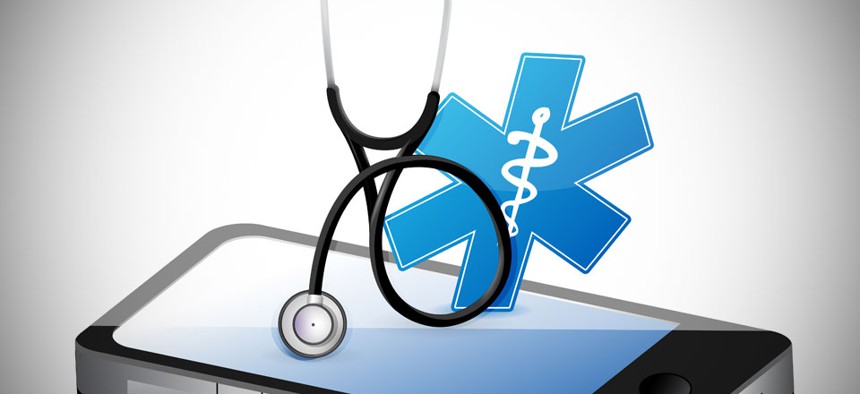Getting Health Info to Low-Income Cellphone Users

alexmillos/Shutterstock.com
The digital divide is shrinking; useful apps aren’t keeping pace.
The digital divide is shrinking, but that alone isn’t enough to help underserved populations, according to a blog post on the federal website for health data.
“We have so many apps and gadgets to make our lives more efficient and convenient, yet products and solutions designed with and for vulnerable populations are in short supply, suggesting the existence of an innovation gap,” Allyn Moushey, the Department of Health and Human Services' Idea Lab policy adviser, wrote in the item posted Friday.
Eighty-four percent of adults earning less than $30,000 a year have cellphones, and 47 percent use smartphones, Moushey said, citing the Pew Research Center’s Internet and American Life Project.
Fifty-nine percent of older Americans go online, and 61 percent over 80 years old own cellphones, Moushey said. Telemedicine and e-health researchers last month reported that 89 percent of the homeless veterans they surveyed had a mobile phone, and 76 percent used the Internet, she said.
“Unfortunately, this growing trend of mobile and other technology adoption by the populations served by HHS is not being matched by innovative ideas and solutions designed to meet their specific needs,” she said, noting that a quick search of the word “eviction” in a well-known app store returned more than 12 apps for property owners and only a few to help people avoid eviction.
There are a few examples of technologies that successfully help underserved communities, according to Moushey, who said these populations include low-income and working-poor families, geographically isolated areas, some communities of color and other vulnerable groups.
“But we have found that nonprofit and community organizations are often too overwhelmed to find time or resources to develop responses for their increasingly tech savvy clients," he said.
HHS Identified the following problems:
- “There are no financial incentives for developers to focus efforts on the targeted populations”
- “There is low IT literacy within nonprofits”
- “People would have no money to purchase the innovations if they did exist”
- “Time is too scarce for low income families to learn new technology”
- “Rural areas have too little broadband access”
- “Privacy & security concerns prevent people from being willing to share personal information”
- “The language & accessibility challenges are too difficult to overcome”
- “Donor and foundations have little or no interest”
- “Developers have little information about these "markets" (they don't know what they want/need)”
The Idea Lab is asking for your thoughts: “Do you think the assumptions and barriers listed above are true, or is something else at work? What do you think is the cause behind this innovation gap; and how can HHS spur more solutions?"
Comment at the actual blog, or find there Moushey’s email address. Tweets can go to @HHSIDEALab
(Image via alexmillos/Shutterstock.com)






